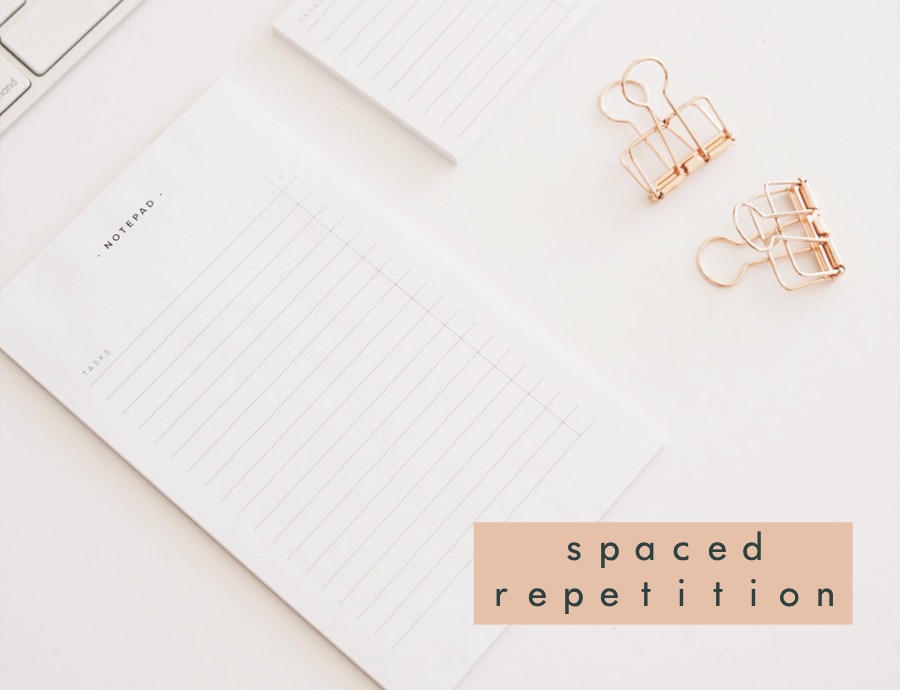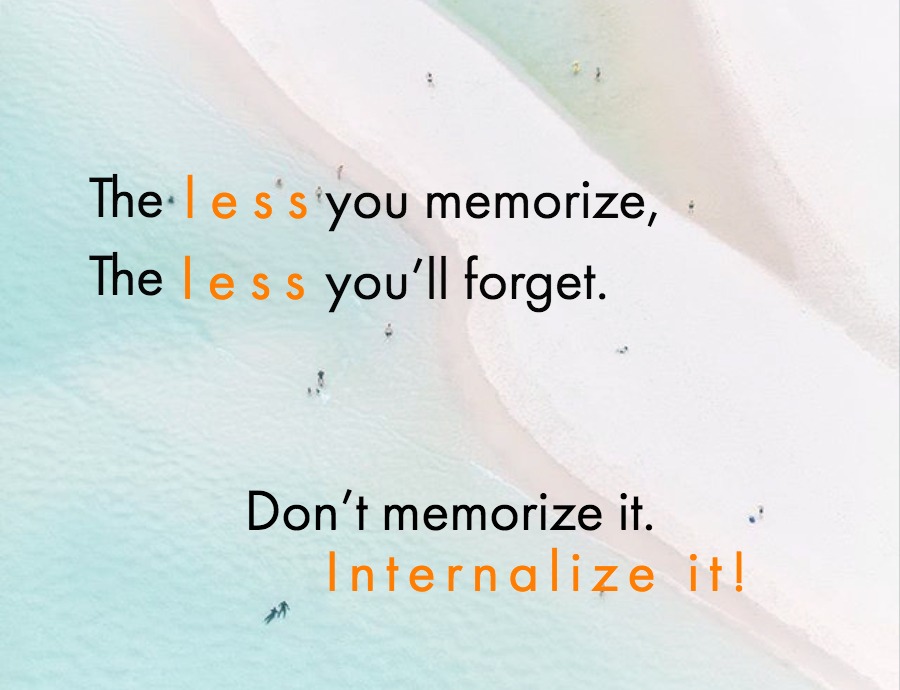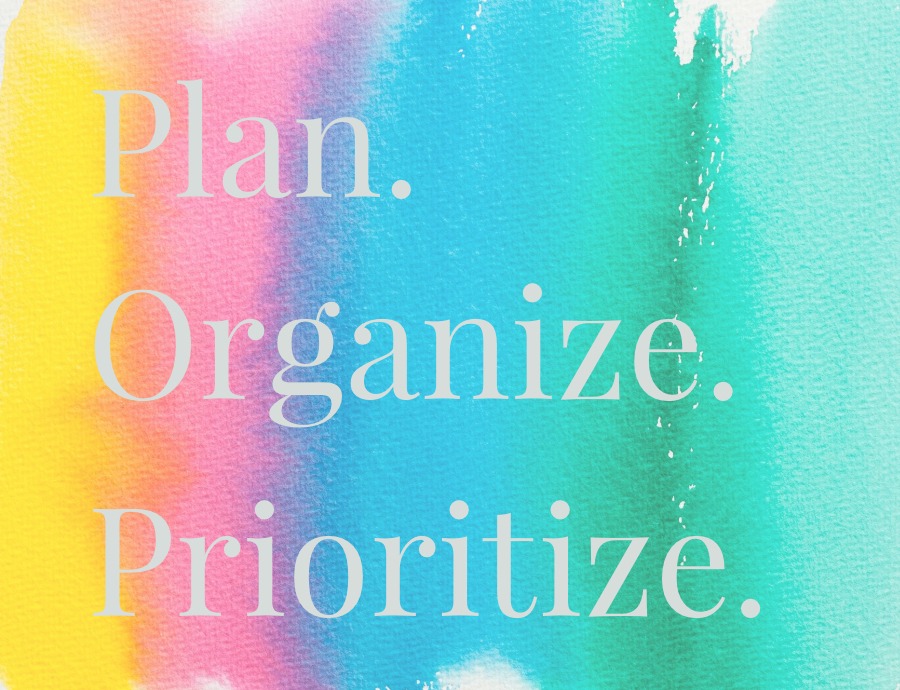Cramming is terrible. It’s stressful, uncomfortable, time-consuming, and it doesn’t even work, particularly for memorization. Instead of spending massive amounts of time memorizing facts the night before, try a technique that takes less time and energy, and that is much more effective. Try spaced repetition.
How the spaced repetition system works
The brain needs practice to learn new material. It needs time to make strong neural connections. So if you’re trying to memorize something new, then you should practice often, in short bursts, and give yourself time between the study sessions. Retrieve the information often. Use the information often. Then it will be firmly placed in your long-term memory.
How to use the spaced repetition system
To use the spaced repetition system, you need to start early, so that you can study often, and so that you can give yourself time in between study sessions.
There are apps for that
There are apps that can help you to prepare the information on flash cards, and can even help you to time your repetitions and to rate your answers. Check out of the following apps:
Always start by understanding what it is you need to achieve, and what you need in order to achieve it. When you’re memorizing information, your brain needs to make strong neural pathways, and you need time and repetition to strengthen those neural connections. You can use the spaced repetition system’s short work sessions to learn more, to learn better, over time. Study less and learn more.
How the spaced repetition system works
The brain needs practice to learn new material. It needs time to make strong neural connections. So if you’re trying to memorize something new, then you should practice often, in short bursts, and give yourself time between the study sessions. Retrieve the information often. Use the information often. Then it will be firmly placed in your long-term memory.
How to use the spaced repetition system
To use the spaced repetition system, you need to start early, so that you can study often, and so that you can give yourself time in between study sessions.
- Prepare the information. Write out the information that you want to memorize, ideally in your own words. An easy way to organize it is using flash cards.
- Next, learn the material. Write it out again, in your own words. Test yourself.
- Give yourself a break of one day, then study the material again. After your break, then test yourself again, actively, by writing it out in your own words.
- Give yourself a break of two days, then study the material again. Again, study actively, by writing out the information in your own words and not just by thinking the answers to yourself.
- Give yourself increasingly longer breaks in between work sessions. Then test yourself on the material again. Make sure that you write out your answers by hand as often as possible.
There are apps for that
There are apps that can help you to prepare the information on flash cards, and can even help you to time your repetitions and to rate your answers. Check out of the following apps:
- Anki
- SuperMemo
- TinyCards
Always start by understanding what it is you need to achieve, and what you need in order to achieve it. When you’re memorizing information, your brain needs to make strong neural pathways, and you need time and repetition to strengthen those neural connections. You can use the spaced repetition system’s short work sessions to learn more, to learn better, over time. Study less and learn more.








